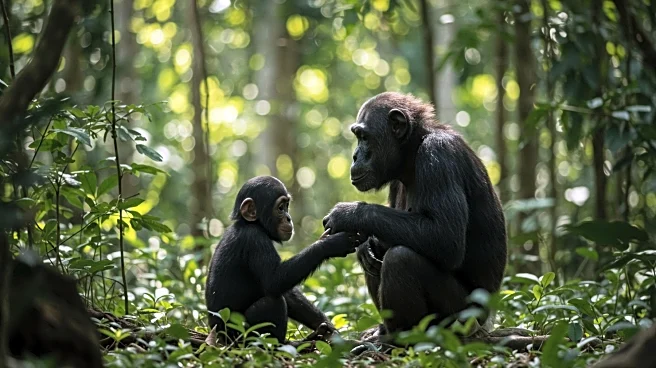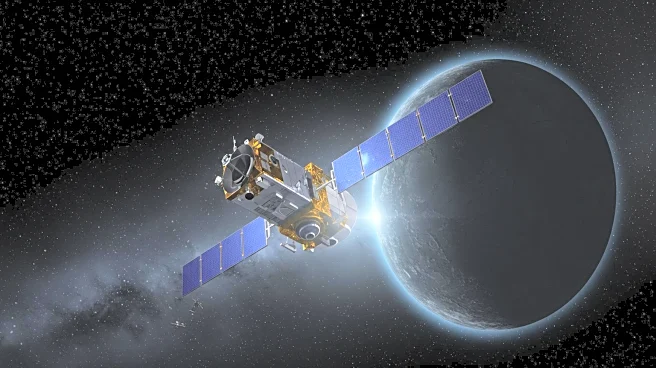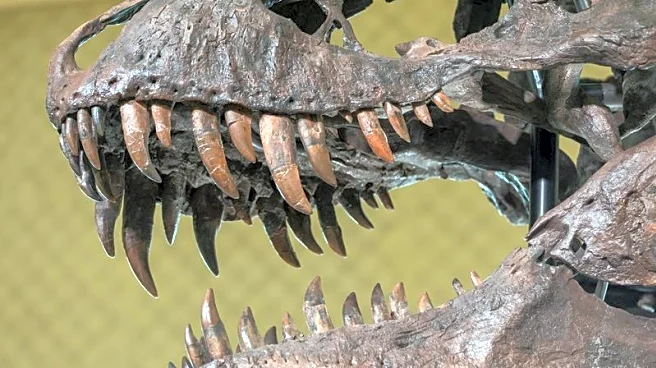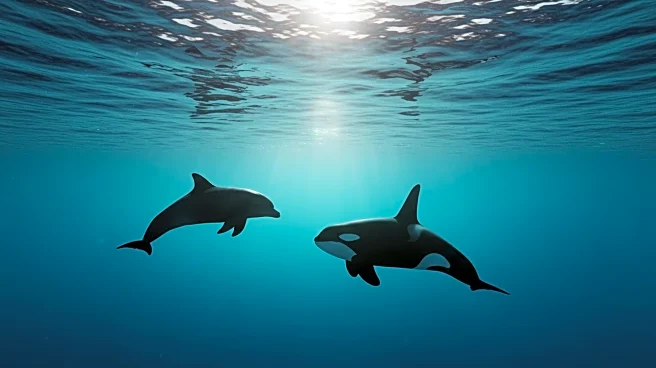Rapid Read • 7 min read
Researchers led by Leo Uesaka at the University of Tokyo have conducted a study on streaked shearwaters, a type of seabird, revealing their unique pooping behavior. The study, published in Current Biology, found that these birds consistently poop while airborne, releasing droppings at regular intervals of 4 to 10 minutes. The research initially aimed to study the birds' leg movements during takeoff from the sea surface, but the frequent pooping observed led to an investigation into their bathroom habits. The team used rear-facing video cameras attached to the birds to capture footage of their excretion behavior, providing insights into their digestive dynamics.
AD
The findings have broader implications for understanding seabird behavior and their environmental impact. Seabird droppings are rich in nitrogen and phosphorus, potentially fertilizing coastal waters. This could influence marine ecosystems and nutrient cycles. Additionally, the study may offer insights into the transmission of avian influenza, which is often spread through feces. Understanding these behaviors could help in managing disease spread among wild seabird populations. The research highlights the importance of seemingly mundane biological processes in ecological studies and their potential effects on environmental health.
Further research may explore whether other seabirds, such as albatrosses, exhibit similar pooping behaviors. Investigations could also focus on the ecological role of seabird droppings in nutrient cycling and their impact on coastal ecosystems. Additionally, studies might examine the link between seabird excretion habits and the spread of avian diseases, potentially informing conservation strategies and public health measures.
The study underscores the value of unconventional research methods in uncovering new scientific insights. By using video cameras to observe seabird behavior, researchers have opened up new avenues for studying animal life and its interactions with the environment. This approach may inspire similar studies in other fields, emphasizing the importance of innovative techniques in scientific discovery.
AD
More Stories You Might Enjoy











